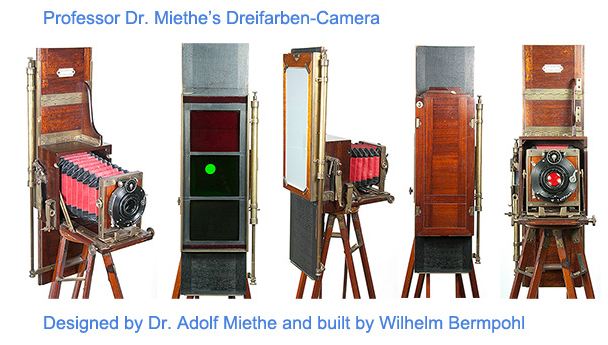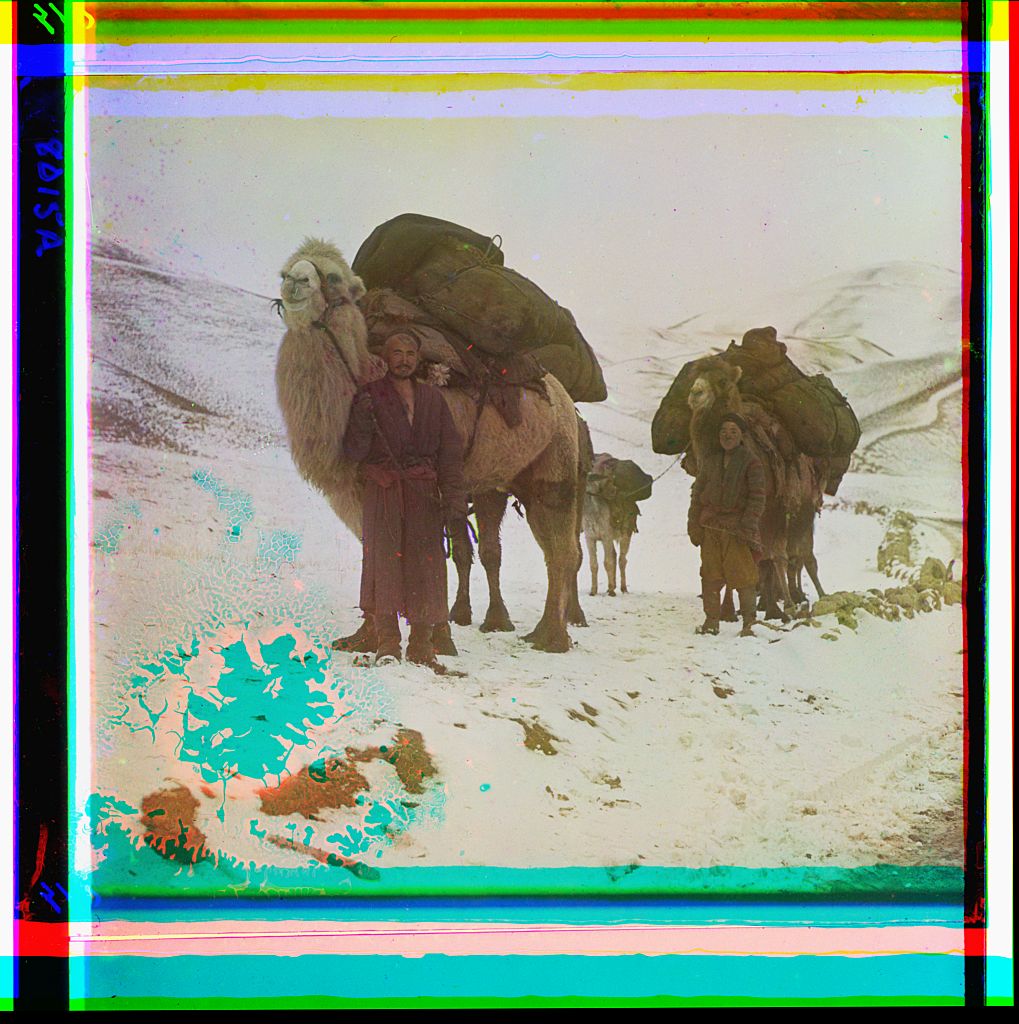Elvira Kadyrova
Sergei Prokudin-Gorsky traveled through very rich path before finding the passion of his life – photography.
In 1888, at the age of 25, Prokudin-Gorsky dropped out his studies at the faculty of physics and mathematics of St. Petersburg University and became a student of the Imperial Military Medical Academy. However, he did not graduate from it.
Because of diversity of his personality, and probably trying to orient himself in life, Prokudin-Gorsky was keen of painting, succeeded in violin lessons, studied foundry. At some point in his life, he achieved career growth in the Demidov house of charity [a social institution for girls from poor families].
In 1898 Sergei Mikhailovich became a member of the photographic department of the Imperial Russian technical society. The interest in photography, both from scientific and practical angle, is growing. Once Prokudin-Gorsky exhibited the snapshots taken from the paintings of artists of the XVII-XVIII centuries. However, the master understood that the technology of black-and-white photography, practiced at that time, does not reflect the artistic content.
Back in 1861, a couple of years before the birth of the pioneer of color photography in Russia, the Scottish physicist James Clerk Maxwell made the world’s first color photo. He shot the colorful ribbon three times through the green, red and blue filters. Then, the lighting of the negatives through the same filters resulted in a color image.
The color separation technology was further improved and a considerable contribution to this process was made by Prokudin-Gorsky. The glass plates needed to be covered with a special emulsion (sensitizer) that makes them sensitive to the entire color spectrum in order to depict the nitty-gritty color nuances.
In 1902, in the laboratory of the Higher Technical School in Charlottenburg (Germany), headed by prominent scientist Professor Adolf Miethe, Prokudin-Gorsky, based on his knowledge of chemistry, developed the desired sensitizer. Professor Miethe designed a camera for color photography.
In 1903, the German companies Goerz and Bermpohl assembled for Prokudin-Gorskythe special camera for color photography according to Miethe’s drawings.

The master started touring across the Russian Empire, making a photo story of its multi-ethnic life. The government provided transport support for his expeditions.
“While on the one hand, my work was arranged very well, on the other side, it was very hard and required enormous patience, knowledge, experience and often a lot of efforts. [ … ] I had to take pictures in the most various and often very difficult conditions, and then in the evening I had to develop pictures in laboratory of the rail car and sometimes the work dragged on until late at night, especially if the weather was adverse and we hadto repeat shooting under good lighting before leaving for the next destination. Then, right there, on the road, copies were made from the negatives and put in albums,” told Prokudin-Gorskyabout his work. At the same, he called the photography “the zest for the entire life”.
***
After the revolution in 1918, Sergei Mikhailovich Prokudin-Gorsky migrated to Europe. He passed away in 1944 in Paris. In 1948, photographer’s sons handed over about 2600 original images to US Library of Congress. Supposedly, Prokudin-Gorsky took more than 4,000 snap in various parts of the globe, 237 of which immortalized the natural and social landscapes of Central Asia of the era of imperial Russia.

Prokudin-Gorsky with his children

Prokudin-Gorsky with his studio’s staff
Notice: This series on Prokudin-Gorsky’s art is based on materials, provided by International research project “The Legacy of S.M.Prokudin-Gorsky” and biography by Professor Svetlana Garanina, Moscow State Art and Cultural University. /// nCa, 2 April 2019 — CONCLUDED.

At the Suliukta mines, Kyrgyzstan, 1907

Irrigation canal (aryk) in the Murgab Estate, 1911

Junior wife of a Tekin in full dress’ [Bairam-Ali area], 1911

Sart Woman, Samarkand, 1911

Fat sheep. Golodnaia Steppe Uzbekistan, 1911

Shepherd. Samarkand. 1911

Water-pump at Golodnaya Step station, 1911
<<<>>>